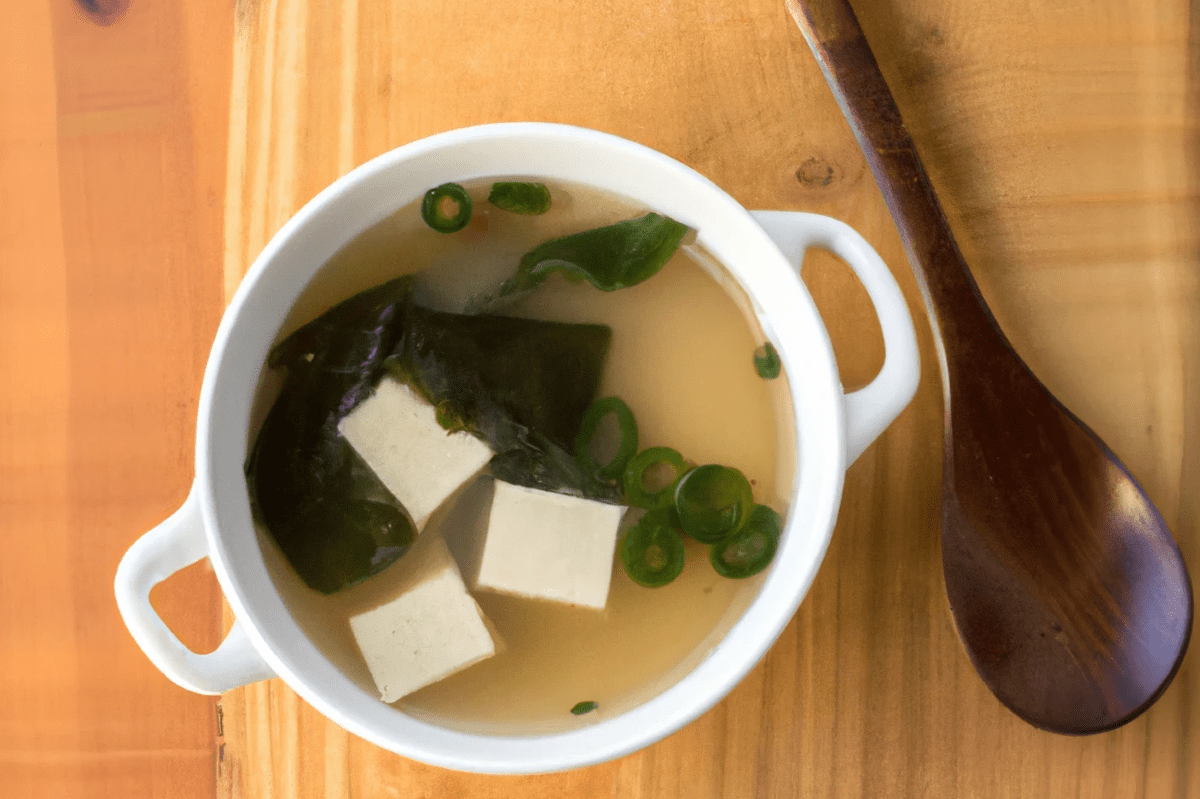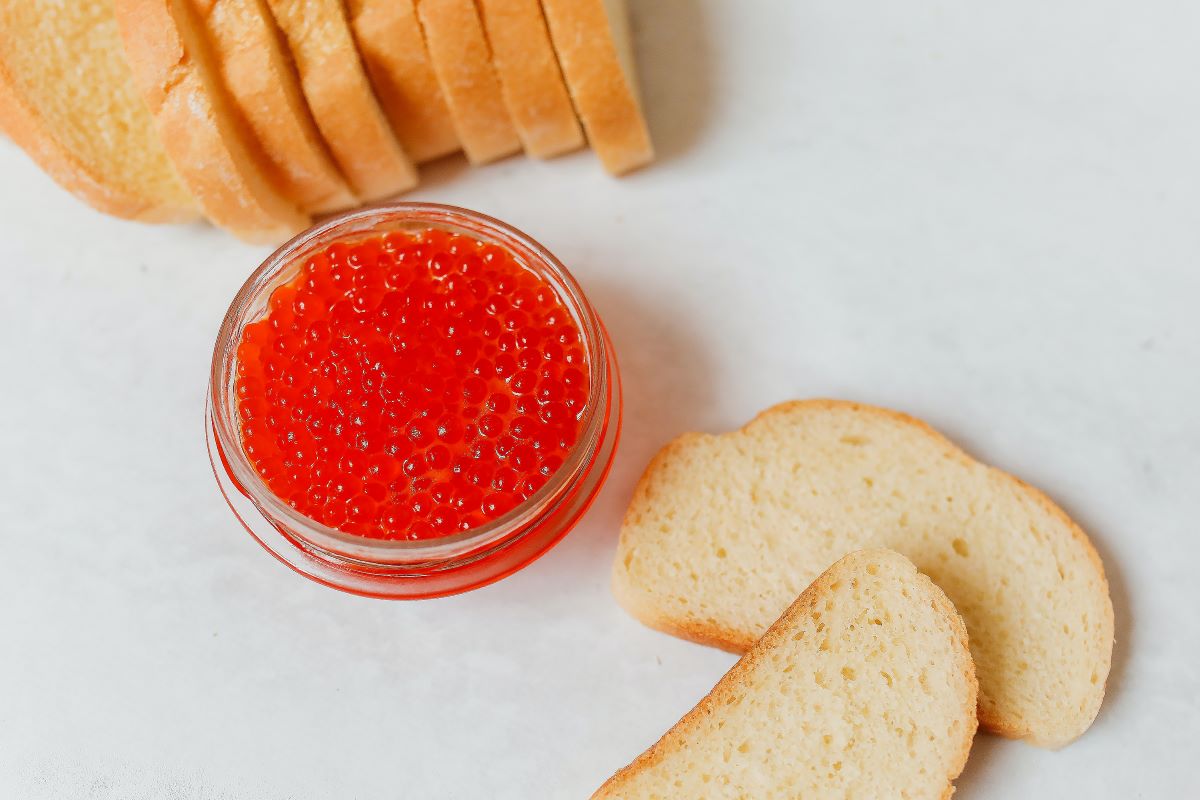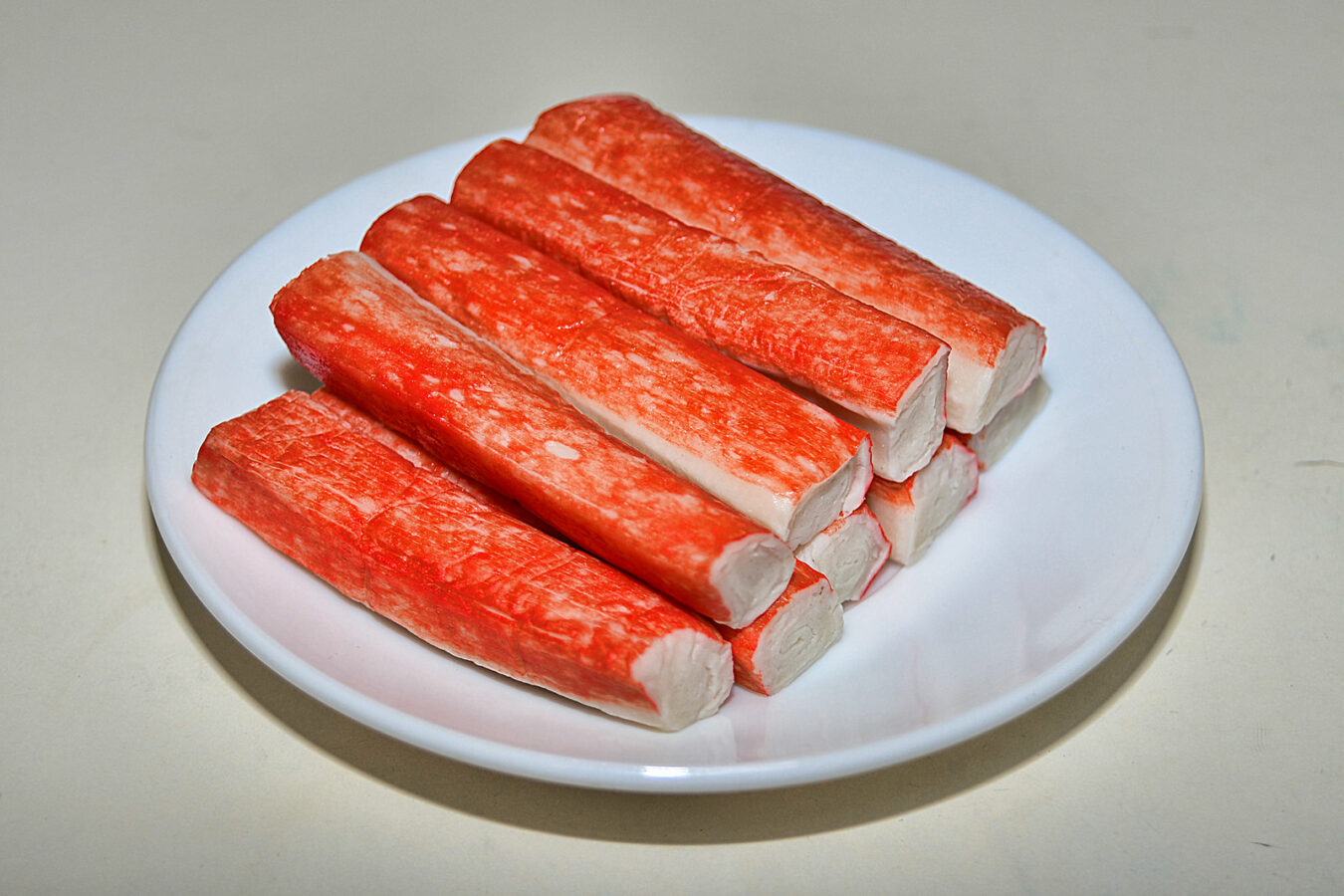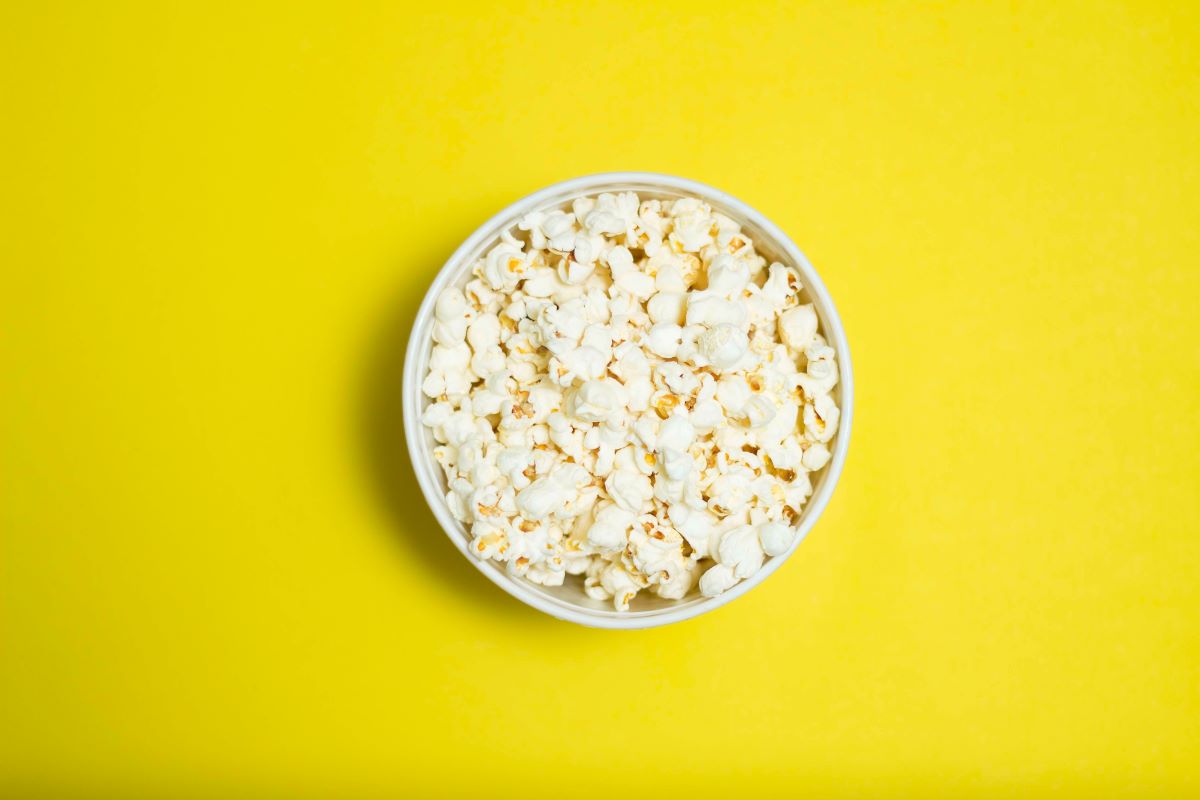Table of Contents
Is Margarine Vegan?
Yes, margarine is generally considered vegan; however, there are some brands that may contain animal-derived ingredients, such as lactose, whey, casein, or milk, in place of water. This article aims to provide an overview of the key points surrounding the vegan status of margarine.
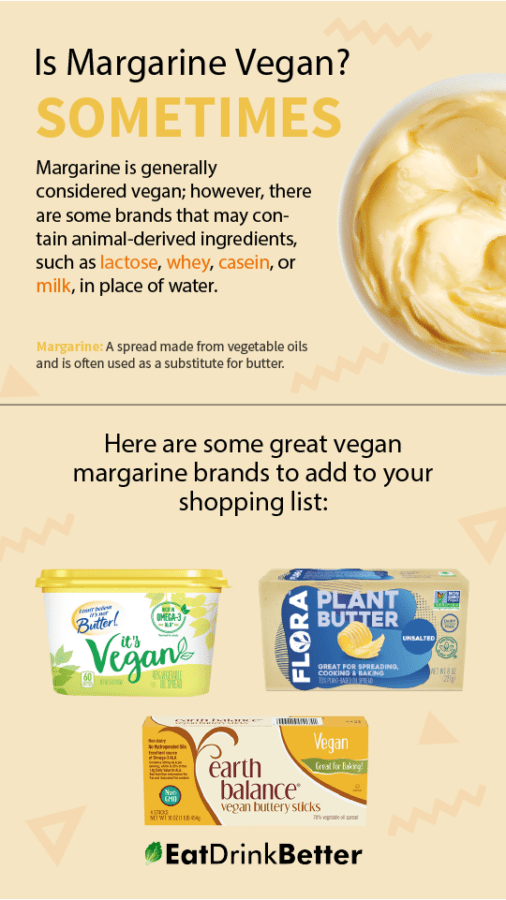
Non-Vegan Ingredients or Processes
Some margarine brands might contain ingredients or use processes during production that are not considered vegan. These include Vitamin D3 derived from sheep’s wool, milk proteins or lactose for enhanced flavor and texture, casein as a binding agent, and mono- and diglycerides, which could come from animal sources.
Moreover, some margarine might contain palm oil, a controversial ingredient among vegans due to its environmentally harmful production process, which involves deforestation and habitat destruction. Although many margarine brands now offer vegan-specific products, it remains important for consumers to carefully examine labels for a complete list of ingredients to confirm the product’s vegan status.
Controversies or Gray Areas within the Vegan Community
Margarine has sparked debate and controversy within the vegan community. While often considered a plant-based alternative, several gray areas, and concerns have emerged over time.
One significant controversy involves margarine’s production process. Traditional margarine is made through hydrogenation, a process that turns vegetable oils into solid fats by adding hydrogen gas. This process generates trans fats, which some studies have linked to adverse health effects like heart disease. However, newer brands of margarine now use healthier production methods, such as partial hydrogenation or alternative processes that reduce or eliminate trans fats.
Another contentious issue is the use of palm oil in some margarine brands. Palm oil production has faced significant criticism due to its role in deforestation and habitat destruction.
Additionally, some vegans express concern about artificial additives and preservatives commonly found in margarine. Manufacturers add ingredients like emulsifiers, stabilizers, and artificial flavors to improve texture, taste, and shelf life. Although regulatory authorities deem these ingredients safe, those following the vegan lifestyle prefer minimally processed foods and choose more natural spreads or homemade alternatives.
Vegan-Friendly Alternatives and Variations
While generally considered vegan, some margarine brands may still contain animal products. In this section, we will provide an overview of store-bought alternatives, ingredient swaps, and how to use vegan alternatives in recipes.
Store-Bought Alternatives
Some popular vegan-friendly margarine brands include Earth Balance, Miyoko’s, Flora Plant Butter, and I Can’t Believe It’s Not Butter! Vegan. Always check labels for vegan certification or ingredients.
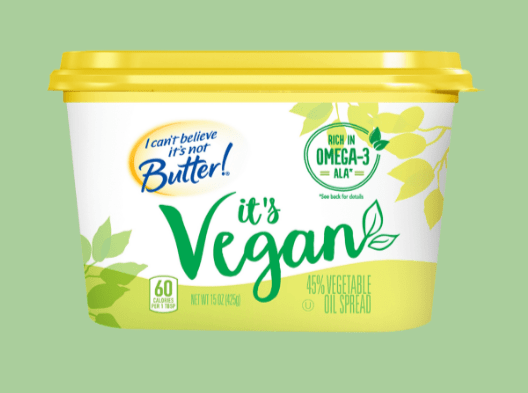
I Can’t Believe It’s Not Butter®:
I Can’t Believe It’s Not Butter® offers vegan alternatives made from a blend of oils, including soybean oil, palm kernel oil, and palm fruit oil. Additionally, it contains water, salt, soy protein isolate, and natural flavors. This vegan product is free of gluten, non-GMO, and does not contain any artificial preservatives.
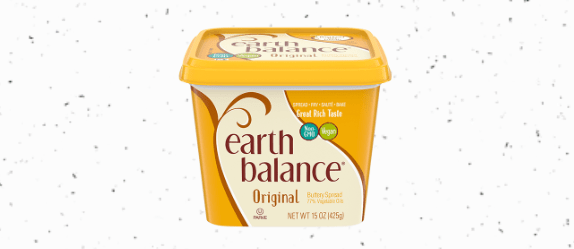
Earth Balance®:
Earth Balance® provides vegan, non-GMO buttery sticks and spreads, which are free of trans fats, preservatives, and artificial flavors. Their main ingredients are palm oil, canola oil, safflower oil, flax oil, and sunflower lecithin.
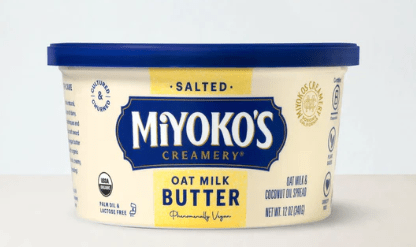
Miyoko’s Creamery®:
Miyoko’s vegan butter is made from organic coconut oil, organic cashews, organic sunflower oil, organic sunflower lecithin, and sea salt. It also contains cultured ingredients like fermented oregano, flaxseed, and plum, which give it a tangy, buttery taste.

Flora Plant Butter™:
Flora Plant Butter™, a vegan and non-GMO margarine, features sustainably sourced palm oil, sunflower oil, and other plant-based ingredients. It is suitable for spreading, baking, and cooking purposes.
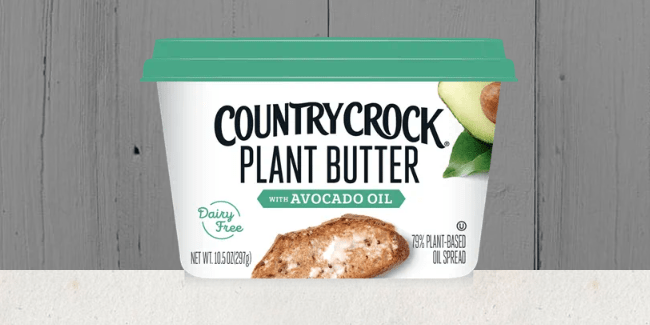
Country Crock®:
Country Crock® is a popular margarine and buttery spread brand, offering various products that cater to different preferences. They offer a plant-based butter that comes in three varieties—avocado oil, olive oil, and almond oil—with each variant containing a mixture of vegetable oils, water, salt, and plant-based emulsifiers.
It is essential to note that, while vegan-friendly, some of Country Crock’s products, like Plant Butter, might be produced in facilities that handle dairy ingredients.
Tips for Identifying Vegan-Friendly Options
When searching for vegan-friendly brands of margarine at the grocery store, follow these tips to make the right choice:
Labels:
Look for vegan labels before purchasing. Many products now carry a vegan-friendly logo or label. These labels help indicate the product does not contain any animal-based ingredients and has not been tested on animals.
Check the ingredients list:
Make sure to carefully review the ingredients of the margarine packaging, ensuring the absence of animal-derived products like whey, lactose, or casein, all of which originate from milk.
Check for reputable vegan brands:
Nowadays, vegan alternatives to margarine are widely available. It’s essential to familiarize yourself with these brands, as they are easily recognizable in stores. Popular vegan margarine options include Earth Balance, Flora Plant Butter, and Miyoko’s Vegan Butter.
Avoid hydrogenated oils:
Although hydrogenated oils aren’t always non-vegan, they may contain trans fats, which aren’t suitable for a healthy vegan diet. Opt for margarine products that use non-hydrogenated oils.
Use store apps or websites:
Many grocery stores offer online platforms that enable product filtering based on dietary preferences, simplifying the process of locating vegan products before shopping.
If you use these tools effectively, you can find a vegan butter that meets your taste preferences and dietary requirements.
Ingredient Swaps
The swap you ultimately select depends on your recipe’s unique needs and your personal taste preferences.

If you prefer a more natural substitute, try using coconut oil, which adds a mild coconut flavor and maintains a solid consistency at room temperature.
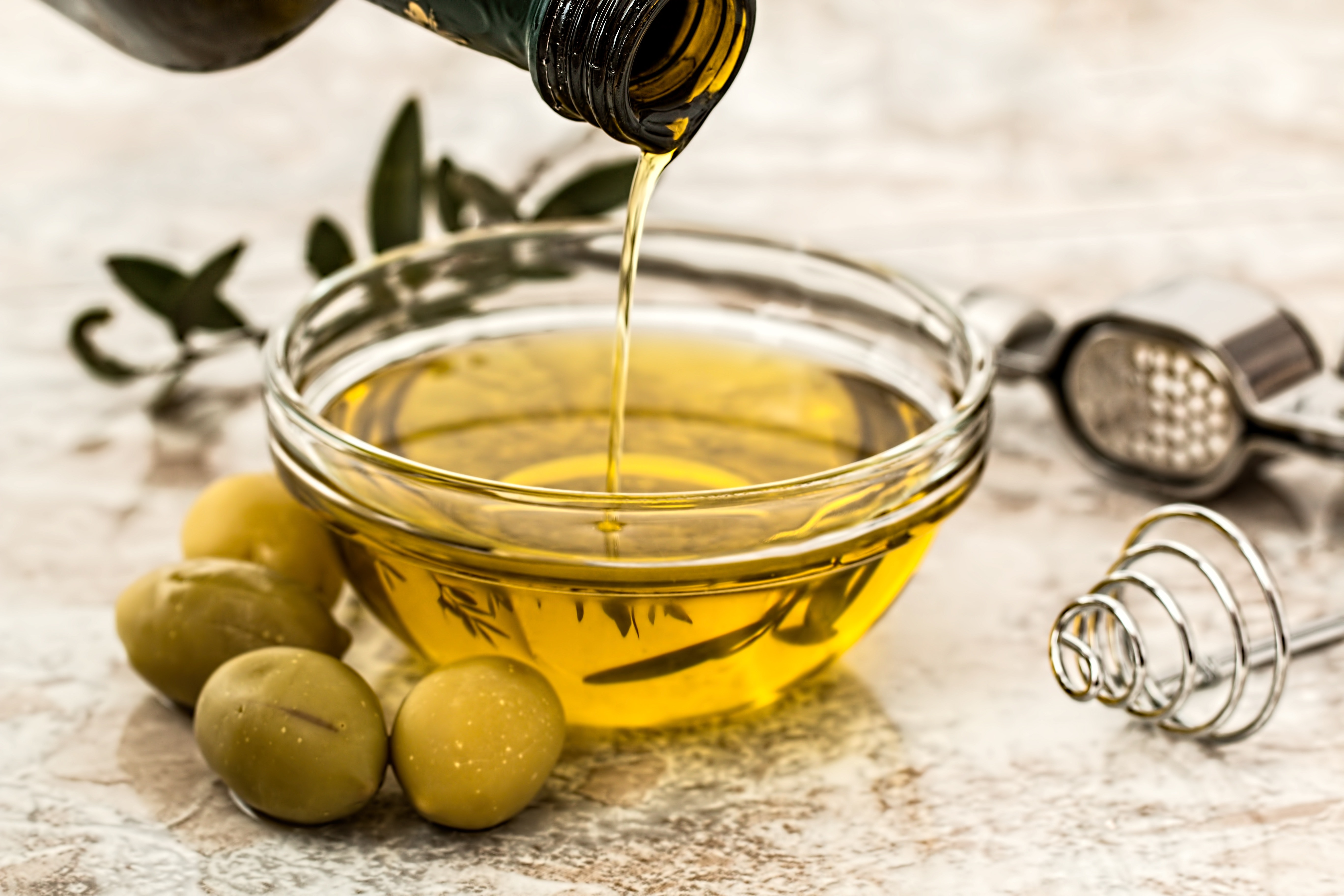
For recipes that require melted margarine, olive oil is a healthy and flavorful choice, although it may not be suitable for all baking applications.
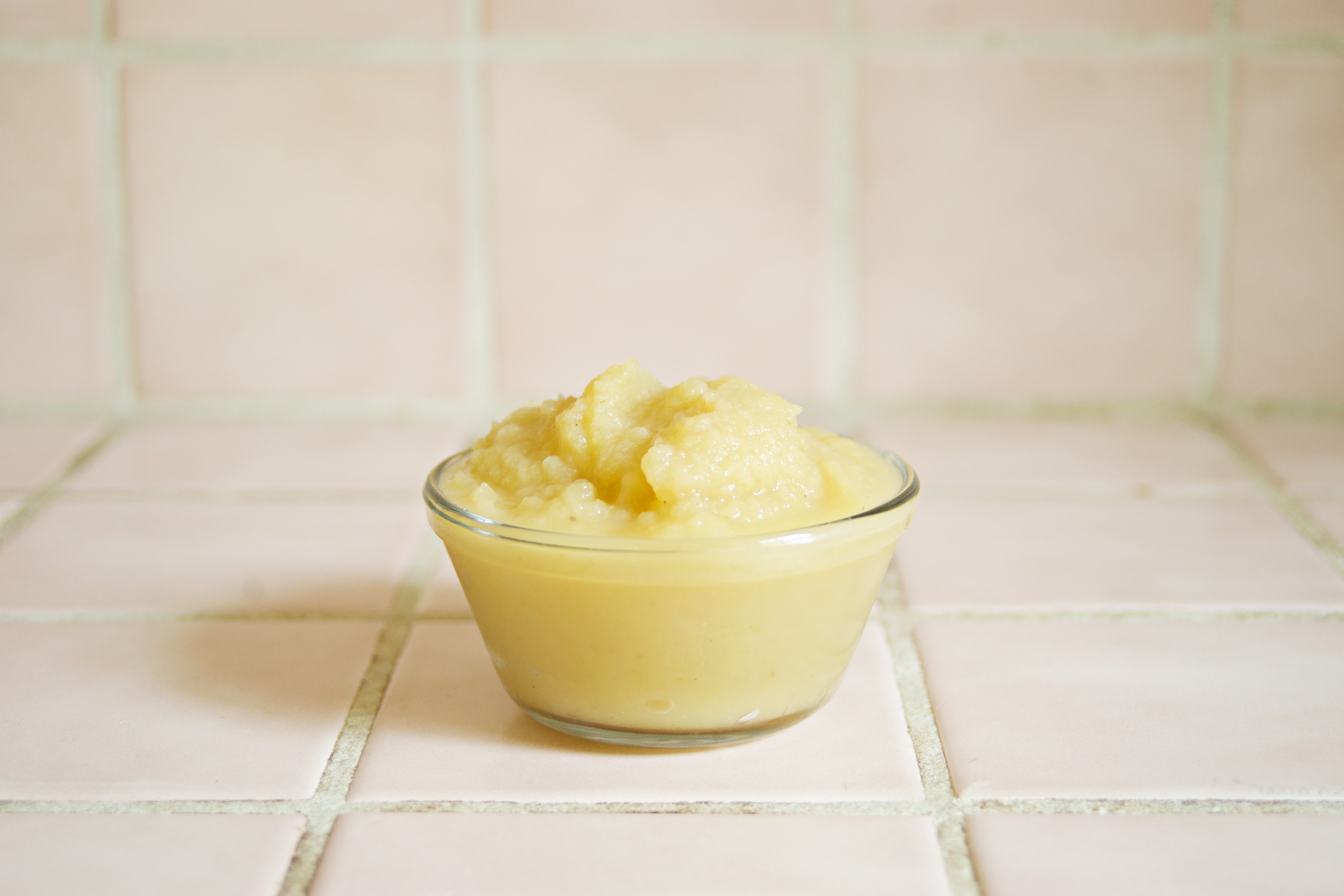
To replace margarine used for moisture in baking recipes, consider applesauce, or mashed bananas which provide natural sweetness and moisture, without extra fat.
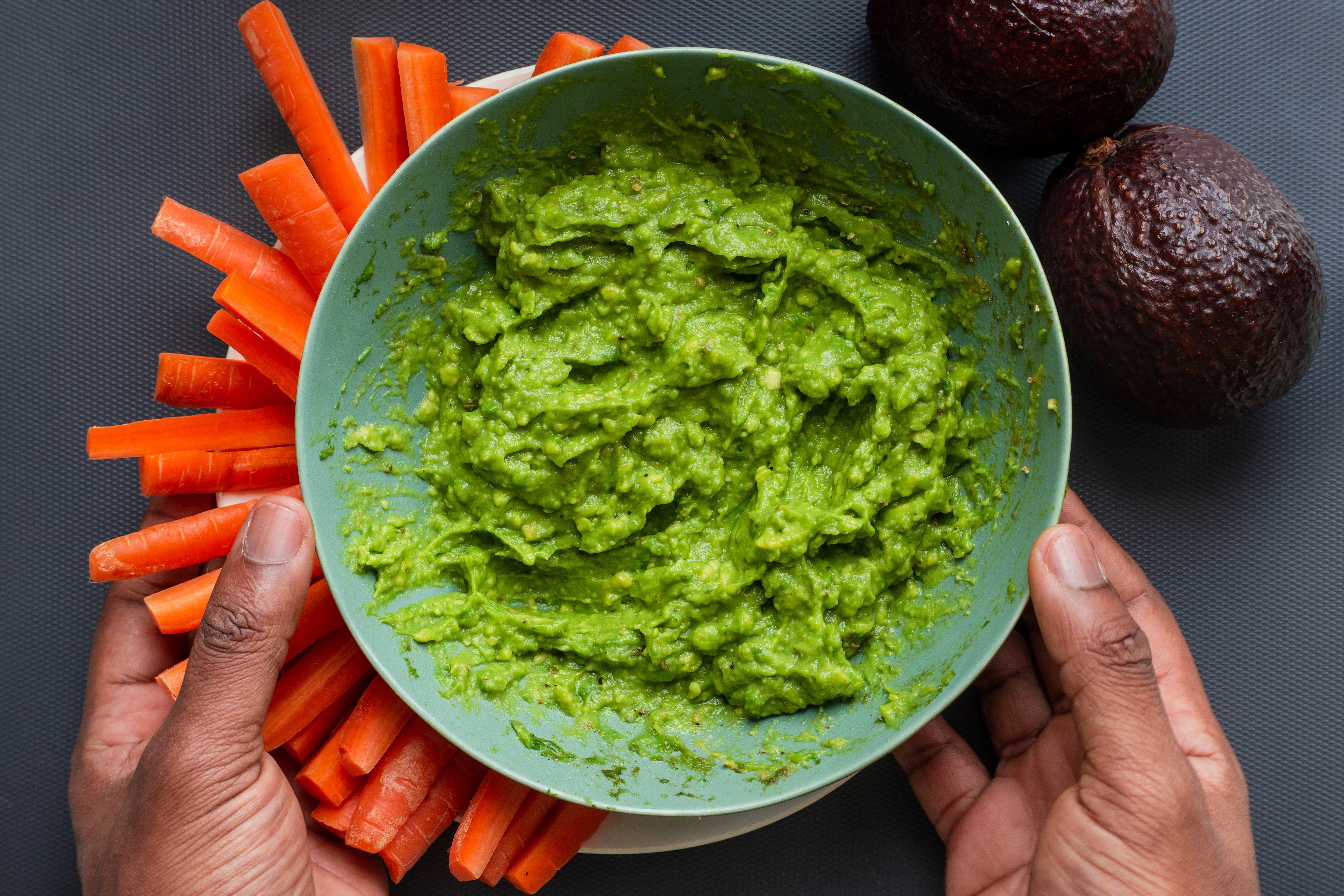
Use yogurt or pureed avocado in specific recipes to add a rich creaminess!
How To Use Vegan Alternatives in Recipes
Using vegan margarine in recipes is easy, because it typically serves as a direct substitute for traditional margarine or butter.
For cooking and sautéing, replace butter or margarine with an equal amount of vegan margarine, making sure to adjust the heat as needed to avoid burning or separation. In baking, follow the recipe’s instructions, swapping out traditional margarine or butter for vegan margarine in a 1:1 ratio to maintain moistness, richness, and proper binding in your baked goods.
When incorporating vegan margarine into frosting or sauce recipes, it’s important to ensure it’s at the ideal temperature and consistency—softened but not melted—for the best results. As a spread, use vegan margarine just like non-vegan margarine or regular butter, applying it directly to bread, toast, or vegetables.
Keep in mind that while vegan margarine closely resembles the taste and texture of traditional margarine, slight variations in flavor or consistency might occur depending on the specific brand and ingredients used.
How Margarine Is Made
Margarine production involves a complex process, typically including vegetable oil hydrogenation, emulsification, and the addition of various ingredients for taste and consistency.
Keep in mind that margarine production methods can vary among manufacturers. Some variations may include additional ingredients or process modifications to create specific characteristics or cater to particular dietary preferences.
Primary Ingredients
The primary ingredients commonly found in margarine are plant-based oils, like palm, soybean, canola, or sunflower oil, along with water.
Secondary Ingredients and Additives
Margarine may also contain secondary ingredients or additives, such as salt, emulsifiers like lecithin, natural or artificial flavorings, preservatives, and colorings.
Production Process
The margarine production process starts with selecting and blending various vegetable oils, such as soybean, palm, canola, or sunflower oil. Once chosen, these oils undergo hydrogenation to modify their fatty acid composition, turning them from liquid to semi-solid, and improving their texture and consistency.
Hydrogenation adds hydrogen gas to the unsaturated fats in the oils. Afterward, the oils are blended with other ingredients, including emulsifiers (like soy lecithin or mono- and diglycerides), water, salt, and various additives, such as preservatives, colors, and flavors, to create a stable, consistent mixture.
This mixture is thoroughly mixed and cooled to initiate the formation of a stable fat structure. The margarine is then kneaded, which helps create a smooth texture and the desired consistency. Once the margarine reaches the desired consistency and texture, it is packaged as spreads in tubs, blocks, or wrapped sticks, and distributed to retail stores.
Sourcing and Ethical Considerations
The environmental impact of producing margarine is complex, involving factors such as vegetable oil sourcing, processing methods, and waste management. One major concern in the industry is the production of palm oil, which contributes to deforestation, as large areas of tropical rainforests in countries like Indonesia and Malaysia are cleared for palm plantations. Deforestation leads to the loss of habitats for many plant and animal species and exacerbates climate change due to carbon dioxide released from disrupted soil and biomass.
The energy and resource consumption in the hydrogenation process, which turns liquid oils into solid or semi-solid fats, is another factor. This process significantly increases the product’s carbon footprint due to its energy consumption.
To reduce the environmental impact of margarine production, some manufacturers opt to source their vegetable oils, including palm oil, from sustainable and ethically responsible suppliers.
FAQ
What is the main difference between butter and margarine?
The main difference between butter and margarine is that dairy butter is a byproduct of milk or cream while margarine is made from various plant-based oils and water.
Can I use vegan margarine as a substitute for butter?
Yes, you can use vegan margarine as a butter substitute. The type of margarine you use will play an important role in the substitution. Begin by choosing a high-quality vegan margarine with a fat content similar to regular butter. Select one with a neutral flavor, and avoid strong additives or salt to ensure your recipe’s taste remains unchanged. In most situations, you can replace butter with vegan margarine at a one-to-one ratio. For example, if a recipe calls for ½ cup of butter, you can use ½ cup of vegan margarine as a substitute.
Are all margarine products free from trans fats?
No, not all margarine products are trans-fat-free. In recent years, many companies have significantly reduced or eliminated trans fats in their products due to health concerns, but some margarines still contain small amounts of trans fats. This often occurs due to the hydrogenation process, which solidifies liquid vegetable oils.
With this in mind, it’s important for people following a healthy diet to check the ingredients list and nutrition labels on margarine products to identify their trans fat content. Look for products labeled “trans-fat-free” or those containing non-hydrogenated oils to minimize trans fats in your diet.
